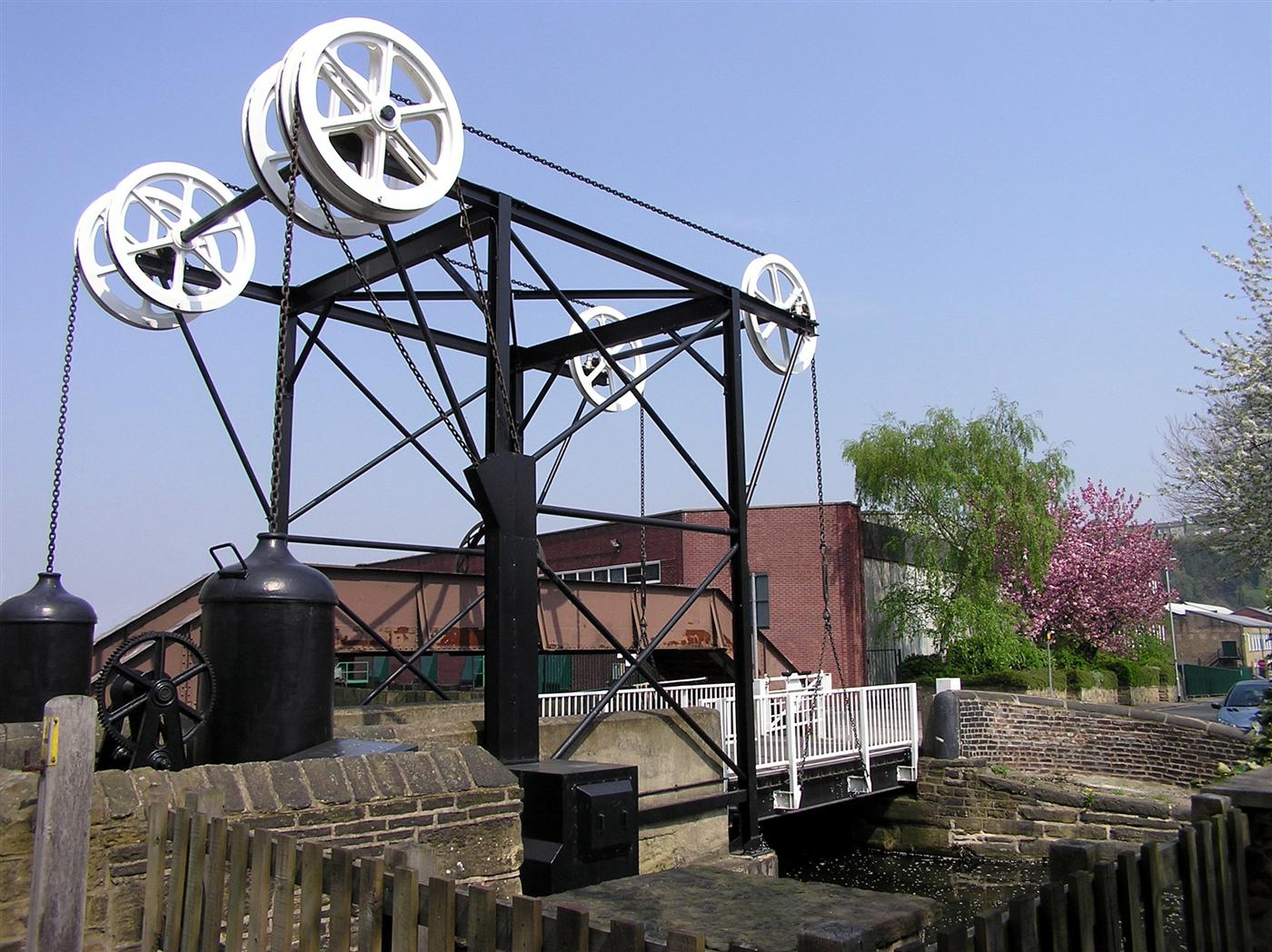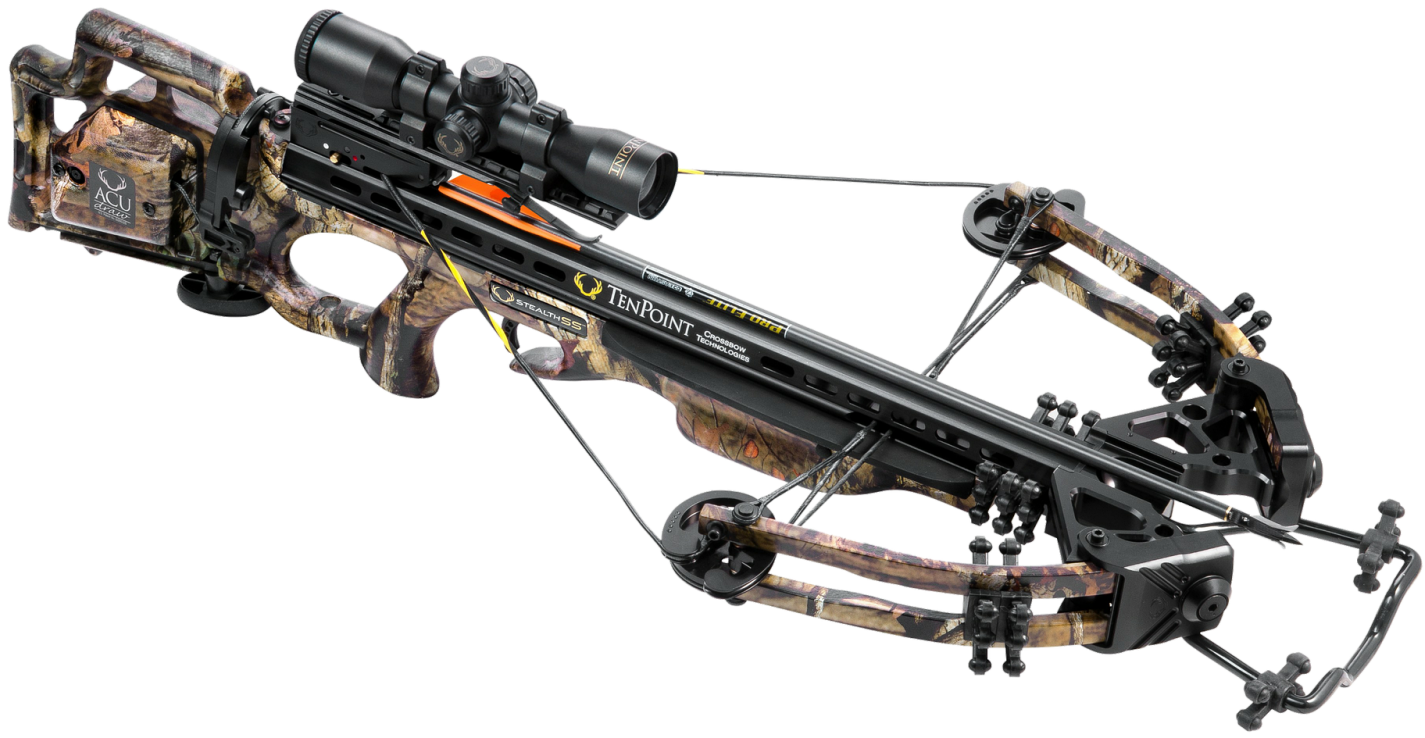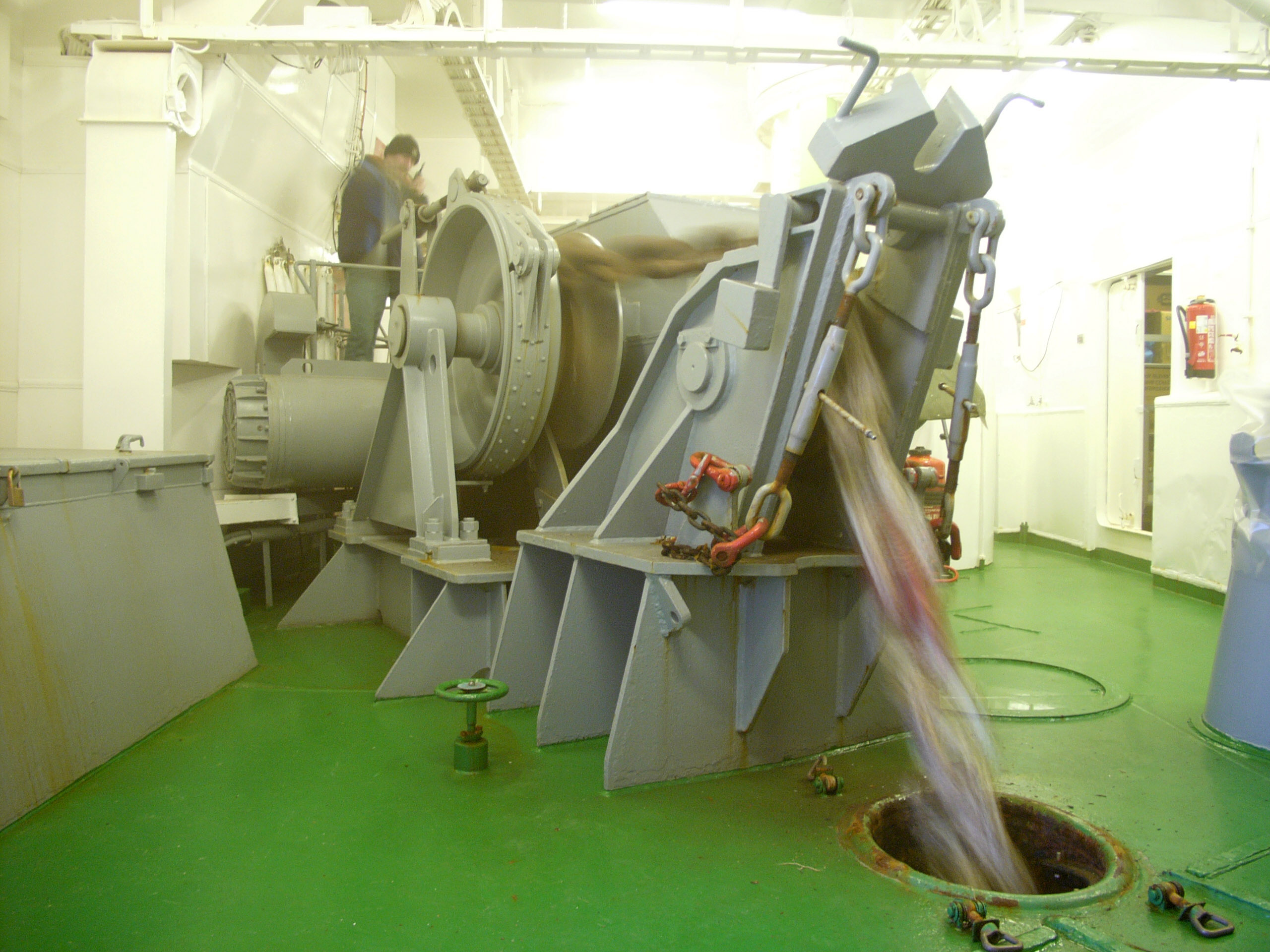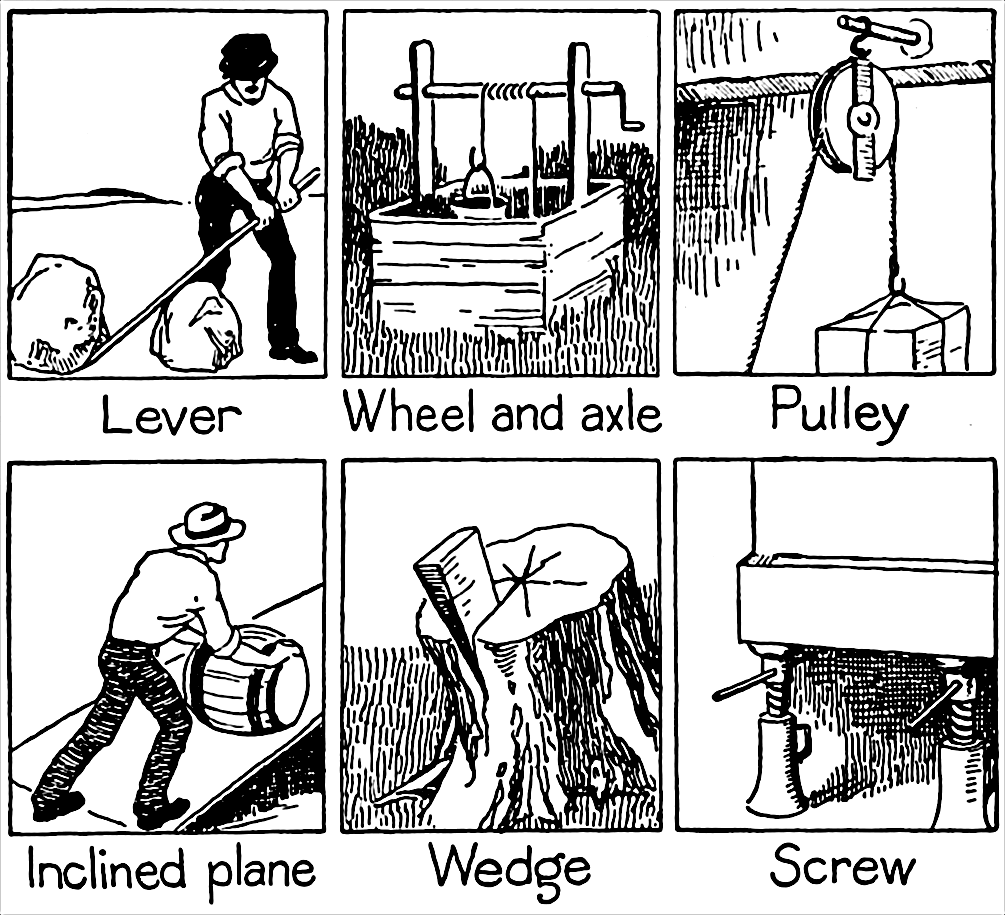|
Windlass
The windlass is an apparatus for moving heavy weights. Typically, a windlass consists of a horizontal cylinder (barrel), which is rotated by the turn of a crank or belt. A winch is affixed to one or both ends, and a cable or rope is wound around the winch, pulling a weight attached to the opposite end. The Greek scientist Archimedes was the inventor of the windlass. A surviving medieval windlass, dated to –1400, is in the Church of St Mary and All Saints, Chesterfield. The oldest depiction of a windlass for raising water can be found in the Book of Agriculture published in 1313 by the Chinese official Wang Zhen (inventor), Wang Zhen of the Yuan Dynasty ( 1290–1333). Uses * Vitruvius, a military engineer writing about 28 BC, defined a machine as "a combination of timber fastened together, chiefly efficacious in moving great weights". About a century later, Hero of Alexandria summarized the practice of his day by naming the "five simple machines" for "moving a given ... [...More Info...] [...Related Items...] OR: [Wikipedia] [Google] [Baidu] |
Anchor Windlass
A windlass is a machine used on ships that is used to let-out and heave-up equipment such as a ship's anchor or a fishing trawl. On some ships, it may be located in a specific room called the windlass room. An anchor windlass is a machine that restrains and manipulates the anchor chain on a boat, allowing the anchor to be raised and lowered by means of chain cable. A notched wheel engages the links of the chain or the rope. A trawl windlass is a similar machine that restrains or manipulates the trawl on a commercial fishing vessel. The trawl is a sort of big fishing net that is wound on the windlass. The fishermen either let-out the trawl or heave-up the trawl during fishing operations. A brake is provided for additional control. The windlass is usually powered by an electric or hydraulic motor operating via a gear train. Horizontal or vertical Technically speaking, the term "windlass" refers only to horizontal winches. Vertical designs are correctly called capstans. Horizo ... [...More Info...] [...Related Items...] OR: [Wikipedia] [Google] [Baidu] |
Crossbow
A crossbow is a ranged weapon using an Elasticity (physics), elastic launching device consisting of a Bow and arrow, bow-like assembly called a ''prod'', mounted horizontally on a main frame called a ''tiller'', which is hand-held in a similar fashion to the stock (firearms), stock of a long gun. Crossbows shoot arrow-like projectiles called ''crossbow bolt, bolts'' or ''quarrels''. A person who shoots crossbow is called a ''crossbowman'', an ''arbalister'' or an ''arbalist (crossbowman), arbalist'' (after the arbalest, a European crossbow variant used during the 12th century). Crossbows and bows use the same elastic launch principles, but differ in that an archer using a Bow and arrow, bow must draw-and-shoot in a quick and smooth motion with limited or no time for aiming, while a crossbow's design allows it to be spanned and cocked ready for use at a later time and thus affording them unlimited time to aim. When shooting bows, the archer must fully perform the bow draw, draw, h ... [...More Info...] [...Related Items...] OR: [Wikipedia] [Google] [Baidu] |
Differential Pulley
A differential pulley—also called "Weston differential pulley", sometimes "differential hoist", "chain hoist", or colloquially "chain fall"—is used to manually lift very heavy objects like car engines. It is operated by pulling upon the slack section of a continuous chain that wraps around two pulleys on a common shaft. (The two pulleys are joined together such that they rotate as a unit on the single shaft that they share.) The relative sizing of the two connected pulleys determines the maximum weight that can be lifted by hand. If the pulley radii are close enough, then the load will remain in place (and not lower under the force of gravity) until the chain is pulled. History The differential pulley was invented in 1854 by Thomas Aldridge Weston from King's Norton, England. The pulleys were manufactured in collaboration with Richard and George Tangye. According to Richard Tangye's autobiography, the Weston differential pulley evolved from the Chinese windlass, with an ... [...More Info...] [...Related Items...] OR: [Wikipedia] [Google] [Baidu] |
Capstan (nautical)
A capstan is a vertical-axled rotating machine developed for use on sailing ships to multiply the pulling force of sailors when hauling ropes, Nautical cable, cables, and hawsers. The principle is similar to that of the windlass, which has a horizontal axle. History The word, connected with the Old French or , from Old Provençal , from "pulley cord", from Latin , a halter, from , to take hold of, seems to have come into English (14th century) from Portuguese or Spanish shipmen at the time of the Crusades. Both device and word are considered Spanish inventions. Early form In its earliest form, the capstan consisted of a timber mounted vertically through a vessel's structure which was free to rotate. Levers, known as bars, were inserted through holes at the top of the timber and used to turn the capstan. A rope wrapped several turns around the drum was thus hauled upon. A rudimentary ratchet (device), ratchet was provided to hold the tension. The ropes were always wound i ... [...More Info...] [...Related Items...] OR: [Wikipedia] [Google] [Baidu] |
Lock (water Transport)
A lock is a device used for raising and lowering boats, ships and other watercraft between stretches of water of different levels on river and canal waterways. The distinguishing feature of a lock is a chamber in a permanently fixed position in which the water level can be varied. (In a caisson lock, a boat lift, or on a canal inclined plane, it is the chamber itself (usually then called a caisson (engineering), caisson) that rises and falls.) Locks are used to make a river more easily navigable, or to allow a canal to cross land that is not level. Over time, more and larger locks have been used in canals to allow a more direct route to be taken. History Ancient Egypt In Ancient Egypt, the river-locks was probably part of the Canal of the Pharaohs: Ptolemy II is credited by some for being the first to solve the problem of keeping the Nile free of salt water when his engineers invented the lock around 274/273 BC. Ancient China During 960–1279 CE, the natural extension o ... [...More Info...] [...Related Items...] OR: [Wikipedia] [Google] [Baidu] |
Tourniquet
A tourniquet is a device that is used to apply pressure to a limb or extremity in order to create ischemia or stopping the flow of blood. It may be used in emergencies, in surgery, or in post-operative rehabilitation. A simple tourniquet can be made from a stick and a rope, but the use of makeshift tourniquets has been reduced over time due to their ineffectiveness compared to a commercial and professional tourniquet. This may stem the flow of blood, but side effects such as soft tissue damage and nerve damage may occur. History During Alexander the Great’s military campaigns in the fourth century BC, tourniquets were used to stanch the bleeding of wounded soldiers. Romans used them to control bleeding, especially during amputations. These tourniquets were narrow straps made of bronze, using only leather for comfort. In 1718, French surgeon Jean Louis Petit developed a screw device for occluding blood flow in surgical sites. Before this invention, the ''tourniquet' ... [...More Info...] [...Related Items...] OR: [Wikipedia] [Google] [Baidu] |
Anchor
An anchor is a device, normally made of metal, used to secure a vessel to the bed of a body of water to prevent the craft from drifting due to wind or current. The word derives from Latin ', which itself comes from the Greek (). Anchors can either be temporary or permanent. Permanent anchors are used in the creation of a mooring, and are rarely moved; a specialist service is normally needed to move or maintain them. Vessels carry one or more temporary anchors, which may be of different designs and weights. A sea anchor is a drag device, not in contact with the seabed, used to minimize drift of a vessel relative to the water. A drogue is a drag device used to slow or help steer a vessel running before a storm in a following or overtaking sea, or when crossing a bar in a breaking sea. Anchoring Anchors achieve holding power either by "hooking" into the seabed, or weight, or a combination of the two. The weight of the anchor chain can be more than that of ... [...More Info...] [...Related Items...] OR: [Wikipedia] [Google] [Baidu] |
Winch
A winch is a mechanical device that is used to pull in (wind up) or let out (wind out) or otherwise adjust the tension (physics), tension of a rope or wire rope (also called "cable" or "wire cable"). In its simplest form, it consists of a Bobbin, spool (or drum) attached to a hand crank (mechanism), crank. Traditionally, winches on ships accumulated wire or rope on the drum; those that do not accumulate, and instead pass on the wire/rope (see yacht photo above), are called Capstan_(nautical), capstans. Despite this, sailboat capstans are most often referred to as winches. Winches are the basis of such machines as tow trucks, steam shovels and elevators. More complex designs have gear assemblies and can be powered by electric, hydraulic, pneumatic or internal combustion drives. It might include a solenoid brake and/or a Mechanical brake stretch wrapper, mechanical brake or ratchet (device), ratchet and pawl which prevents it unwinding unless the pawl is retracted. The rope may b ... [...More Info...] [...Related Items...] OR: [Wikipedia] [Google] [Baidu] |
Archimedes
Archimedes of Syracuse ( ; ) was an Ancient Greece, Ancient Greek Greek mathematics, mathematician, physicist, engineer, astronomer, and Invention, inventor from the ancient city of Syracuse, Sicily, Syracuse in History of Greek and Hellenistic Sicily, Sicily. Although few details of his life are known, based on his surviving work, he is considered one of the leading scientists in classical antiquity, and one of the greatest mathematicians of all time. Archimedes anticipated modern calculus and mathematical analysis, analysis by applying the concept of the Cavalieri's principle, infinitesimals and the method of exhaustion to derive and rigorously prove many geometry, geometrical theorem, theorems, including the area of a circle, the surface area and volume of a sphere, the area of an ellipse, the area under a parabola, the volume of a segment of a paraboloid of revolution, the volume of a segment of a hyperboloid of revolution, and the area of a spiral. Archimedes' other math ... [...More Info...] [...Related Items...] OR: [Wikipedia] [Google] [Baidu] |
Church Of St Mary And All Saints, Chesterfield
Chesterfield Parish Church is an Anglicanism, Anglican church dedicated to Blessed Virgin Mary, Saint Mary and All Saints, in Chesterfield, Derbyshire, Chesterfield, Derbyshire, England. Building of the church began in 1234 AD, though the present church dates predominantly from the 14th century. Designated a Grade I listed building in 1971, St Mary's is best known for its twisted and leaning spire (known as the Crooked Spire). It is the largest parish church in the Diocese of Derby and forms part of the Archdeaconry of Chesterfield. In 1994, it also became the UK's only representative in the Association of the Twisted Spires of Europe; of the 72 member churches, it is deemed to have the greatest lean and twist. History Evidence of a Christian church on the site dates to the Anglo-Saxon era; a font thought to date from 890 to 1050 AD can be seen in the south transept of the current church. There is mention of the 'Church in Chesterfield' during the 11th-century reign of Edward the ... [...More Info...] [...Related Items...] OR: [Wikipedia] [Google] [Baidu] |
Simple Machine
A simple machine is a machine, mechanical device that changes the Direction (geometry) , direction or Magnitude_(mathematics) , magnitude of a force. In general, they can be defined as the simplest Mechanism (engineering) , mechanisms that use mechanical advantage (also called leverage) to multiply force. Usually the term refers to the six classical simple machines that were defined by Renaissance scientists: * Lever * Wheel and axle * Pulley * Inclined plane * Wedge (mechanical device), Wedge * Screw (simple machine), Screw A simple machine uses a single applied force to do Mechanical work, work against a single load force. Ignoring friction losses, the work done on the load is equal to the work done by the applied force. The machine can increase the amount of the output force, at the cost of a proportional decrease in the distance moved by the load. The ratio of the output to the applied force is called the ''mechanical advantage''. Simple machines can be regarded as the eleme ... [...More Info...] [...Related Items...] OR: [Wikipedia] [Google] [Baidu] |
Whim (mining)
A whim, also called a whim gin or a horse capstan, is a device similar to a windlass which is used in mining for hauling materials to the surface. It comprises a capstan or a wide drum with a vertical axle. A rope is wound around the drum, with both ends traversing several pulleys and hanging down the mine shaft. As the drum is turned around, one end of the rope is lowered, carrying an empty bucket, while the other one is raised, carrying a full load. The major benefit of a whim is that its operation can be performed at a distance from the shaft, thus resolving some of the congestion. Early whims were horse-powered, but later they were powered by waterwheels or steam engines, including the most advanced Cornish engines. Whims were used in coal mines until the end of the nineteenth century. Horse whims were also used to power team boats. The gin wheel at Nottingham Industrial Museum The Nottingham Industrial Museum is a volunteer-run museum situated in part of the 17th-centu ... [...More Info...] [...Related Items...] OR: [Wikipedia] [Google] [Baidu] |








